
Fans of Walter Lantz’s iconic cartoon bird will be excited to catch his latest on-screen adventure Woody Woodpecker , arriving on DVD, Digital, On Demand (via Movies Anywhere) and Netflix on Tuesday, February 6. Animag caught up with director Alex Zamm (Beverly Hills Chihuahua 2, Inspector Gadget 2) recently to learn more about this live-action/CG hybrid flick from Universal 1440 Entertainment.
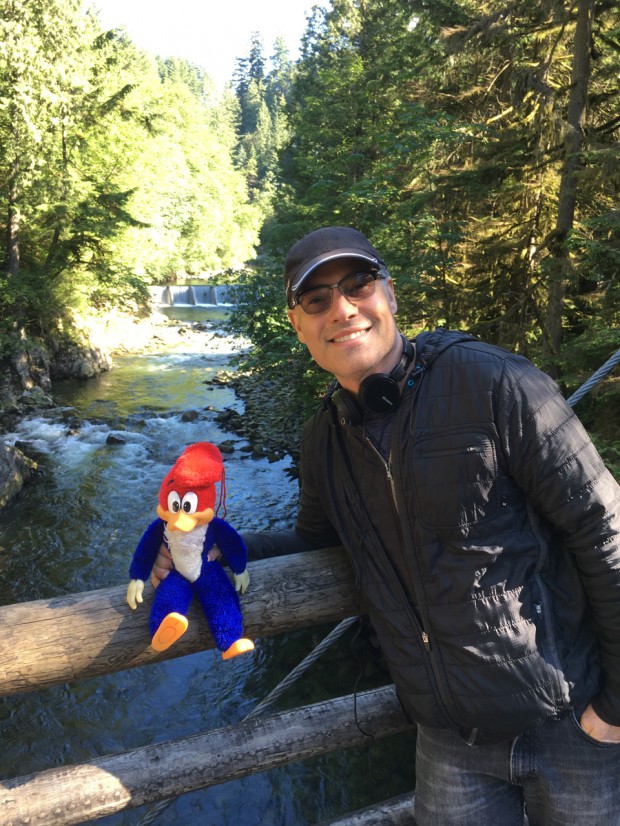
Animation Magazine: How did you get involved in the Woody Woodpecker project?
Alex Zamm: I loved watching Woody Woodpecker cartoons growing up. With his manic impish nature, he was always my favorite troublemaker. I have a background in cartooning and have for quite a few years been heavily involved with special effects films. I also really enjoy making films with animals – they show us our humanity. I was looking for a new project that put all these interests together.
Then, in the Spring of 2006 while watching a Woody Woodpecker cartoon I suddenly had the idea to star Woody in his first feature length film as hybrid film, with Woody as a photoreal-ish, CGI character in a live-action world. To me he has always been one of the crown jewels of animation and I couldn’t understand why he didn’t have his own franchise – he’s lovable, irreverent, funny, timeless…and the technology had finally caught up to be able to pull this off.
How did you get the film from concept to production?
My writing partner, William Robertson and I wrote up a very detailed treatment and I put together a visual tone book. Our agent set up meetings and we pitched the project to almost every producer with a deal on the Universal lot … We continued pitching it on and off again over the next eight years. (Yep, you heard right – 10 years!)
Then in 2014, I co-wrote and directed a reboot of The Little Rascals for Universal’s Home Entertainment Division, 1440 Productions. They were so happy with the how the film came out that they asked what I’d like to do next. I immediately blurted out – Woody Woodpecker. As luck would have it, 1440 had just gotten the rights to make a Woody film at their division. They loved our treatment and commenced us to write the script, which essentially stayed the same as what we had pitched years earlier.
We spent about four months writing the script, followed by another three months of storyboarding. Storyboarding is one of my favorite parts of process and I had the pleasure of collaborating with John Coven and Mark Simon to visualize every major sequence of the film. We had a short shoot – a mere 26 days, so planning was crucial for a film like this. Post production took a full year. Now, here we are with a finished film … and it only took a total of 12 years!
What is it about Woody Woodpecker that gives him his timeless and widespread appeal?
I’ve always been a student of mythology and have forever been fascinated by trickster characters. And Woody is part of a long history of these iconic characters … For me, tricksters represent our untapped potential and usually lead repressed characters out of their comfort zone and are the catalysts for positive change. In the case of the Woody film, Woody ultimately helps Lance Walters [played by Timothy Omundson] transform from being an uptight, type-A personality and learn to reconnect with both his son and nature again.
Another fun component of Woody that I think contributes to his timeless appeal is that he’s a superhero of sorts. Woody’s superpower is his amazing ability to peck. He uses it to take down bad guys. And he can carve wood into anything he can imagine. Think: Green Lantern’s ring – Woody is Hal Jordan, but with wood.
What was the biggest challenge about bringing this animated character to life in live-action movie?
One of the first challenges was determining what Woody was going to look like. During the concept art stage, we explored a whole range of looks from very cartoony to very bird-like. We ultimately arrived at look for Woody that was both true to his cartoon counterpart while at the same time photoreal-texture based so that he would integrate well into the live-action world.
Another key challenge was determining the world that the film would take place in. In the Walter Lantz cartoons, it’s an anthropomorphized world in which animals and humans all live together, wearing clothes, driving cars, etc. – and amazingly all about the same size as one another, regardless of species. I wanted to go for a more singular approach with Woody being the one surreal element in a real and contemporary world. This seemed like the best approach for Woody to stand out as a trickster in our world, and to fit within our budget as well.
How many VFX shots were involved?
There are a little over 1,000 shots in the film. Over 500 of them are Woody shots and the rest of them include set extensions, compositing, particle work, rig removals, the things that Woody carves or handles, such as the peanut butter cookies he loves in the film. Our vfx company, Cinemotion did a fantastic job of integrating Woody, as a photoreal-ish cartoon character into the real world.
One of the peculiar things about making a hybrid film, is that despite having shot and edited the film and locked picture, it feels like the star of the movie doesn’t show up until very late in post. On set you’re using a surrogate, acting out Woody with a stuffed animal and with a temp voice (usually me acting out the lines). Then in post we recorded Woody’s voice and it was wonderful to watch the amazing Eric Bauza bring Woody to life. Then my editor, Heath Ryan would work with the voice tracks and pose-o-matics (still images of Woody) to composite into him live-action plates to indicate to the animators Woody’s blocking, positioning, scale, and pacing.
I then went to Bulgaria where Cinemotion is. While there, the animation team and I worked on every shot in marathon sessions. I usually act out the shots and they’d record them on video for reference for the animators. We’d constantly try to find clever ways to make Woody’s behavior funny, emotive and kinetic. Then months later you start working with rough grayscale 3D poses, followed by more and more refined animation, until very late in the post, you start seeing fully textured, feathered and lit shots come in. Like I said, with hybrid films, the star doesn’t show up until the last possible moment in post, but when he does…Wow!
What do you love best about the final project?
I love Woody breaking the fourth wall and his conspiratorial relationship with the audience. The audience is his confidant and fellow troublemaker, along for the ride with all the mischief Woody makes. …He does things like draw directly on screen to explain the law of gravity as the bad guys plummet.
I also really love Woody’s tree house … Originally, we tried carving it out of foam as a giant model, but then decided to scrap it since we needed more freedom to follow Woody with the camera and wanted to make the tree home even more elaborate than the foam model. Check out all the books on Woody’s bookshelf – there are some funny titles, like Moby Peck and The Old Bird And The Sea. I love small details like these that you only might catch on another viewing.
In fact, there are some some Easter Eggs in the film — we hid the names of some of the original folks who worked on the original Woody cartoons, like Ben “Bugs” Hardaway, who co-designed Woody (and Bugs Bunny), and Grace Stafford, Walter Lantz’s wife, who voiced Woody for many years… Probably the most obvious Easter Egg in the film is that we named the lead human character Lance Walters after Walter Lantz.
I also love how Woody is such a musical character who expresses himself through song and percussion … And it also gave us a chance to put the classic Woody cartoon song, “Everybody Thinks I’m Crazy” into the film too. Wait until you hear Eric Bauza sing it – he and our music arranger, Alex Geringas put a great modern spin on it.
What are you proudest of?
In life – my family. That’s the best production I’ve ever been involved with. But as regards the film…Hands down, Woody performance. For me, the name of the game is character, character, character. And so my focus is on breathing life into pixels and eliciting a great performance from all the artists involved and making it a cohesive performance. Unlike a live-action film where you have one actor giving a performance for a role, when you’re doing a hybrid film you have many more – the voice actor, the animation team, the practical on-set effects team dealing with everything Woody touches, the especially the human actors reactions and interactions with Woody….and the director as the hub of all these various spokes of the wheel, helping to build and unify the performance.
I love and am very proud of how emotive Woody’s eyes are and how many emotions we were able to communicate with them. He’s both irreverent and vulnerable. I also love how much expressiveness we were able to get out of Woody’s elastic beak. Bird beaks are rigid with little expressiveness to them. We made Woody’s beak rubbery so that he could both annunciate and emote fully and comically.
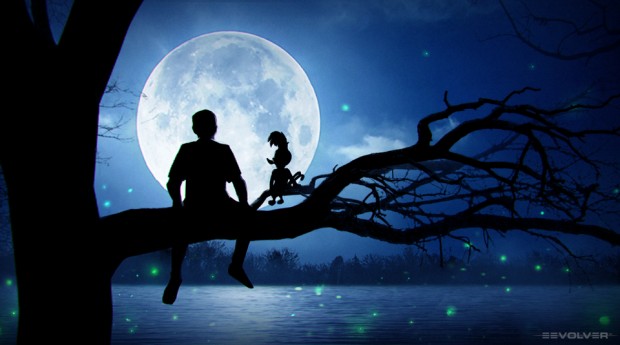
How did you come up with the new CG design of the character?
Woody has had at least three very distinct looks over his 78 year history. My goal was to embrace aspects of Woody’s design from all these stages, especially his iconic and signature red pompadour hair tuft. But most importantly, the goal was to stay true to Woody’s original zany and irreverent attitude and not water him down and make him too soft.
I brought on Eevolver in Los Angeles to work with me on both the design of Woody and key concept art. I already had the pleasure of working with Eevolver founders Stacy Burstin and David Keller when they were at Rhythm & Hues
when I directed a Hong Kong Phooey test for Alcon and Warner Brothers. …We spent a few months developing Wood’s look, textures, color palette and scale.
After exploring a variety of sizes, we ultimately made Woody about 15” tall – roughly the size of the pileated woodpecker … [which was] the inspiration for Walter Lantz to create Woody when one kept pecking on [his] and Grace’s cabin on their wedding night. We felt it was important to keep Woody’s eyes green … Woody’s body shape was originally more bottom weighted and he later became more barrel chested. We were concerned about making him look too athletic and so made his belly little rounder. This gave him a cute quality, while not making him look too young. Age-wise, I wanted Woody to feel like a perpetual teenager – all attitude, all the time!
Once we locked off on the design, Eevolver made a 3D CG turntable model. This and all the concept work and storyboards were sent to Cinemotion in Bulgaria, who animated every shot of Woody in the film. Victor Trichkov, who founded Cinemotion was also our visual effects supervisor.
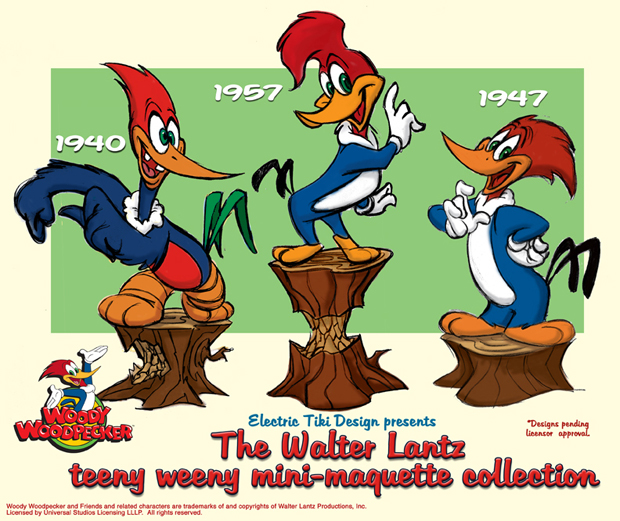
Which CG tools and technologies were used?
Cinemotion developed a feather system with thousands of individually placed feathers of different weights and behavioral properties. Some are rigid, some blow in the wind. I love Woody’s signature red tuft and his tail feathers, which are both incredibly expressive and are used to throughout the film comically and to amplify his emotional state.
I wanted to use squash and stretch throughout the film, so Cinemotion built a very robust rig enabling us to distort Woody in every shot as he zips around the frame. If you freeze frame Woody during motion, some of his shapes are wildly abstract.
On set we had a 15” tall Woody stuffed toy … After a circle take, Victor would bring both a silver ball into the shot to gather camera lighting data and a real taxidermy parrot, which was used for data on light refraction on actual feathers to help the CG feather team.
Despite having shot some wonderful drone photography for Woody zooming through a forest, we quickly discovered that the only way to accomplish the speed, dexterity and aerial acrobatics with which Woody flies required using a full CG forest. Cinemotion spent months building an incredible and detailed one kilometer square forest so that Woody could fly anywhere, anyway and at any speed. And for me this gives the film a “ride” aspect and enabling the viewers to not just watch Woody, but rather to experience flying as he does.
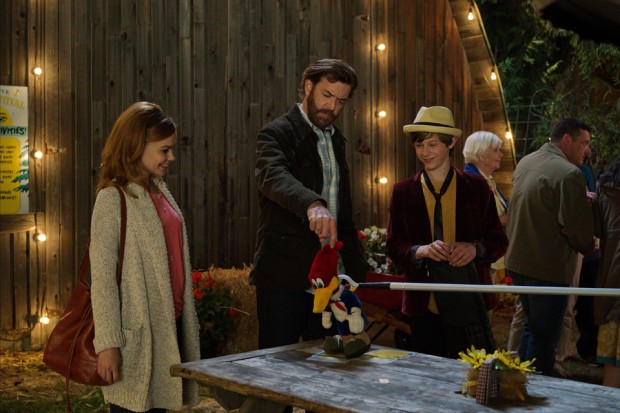
What advice (or warning!) would you give directors who would like to tackle a similar project?
Plan, plan and more planning! There are so many moving parts to films like these so the more prep you do in terms of storyboards and pre-vis and looks books enables you to clearly communicate and collaborate with every department on the film. Throughout the film, there are so many seamless hand-offs from real to CG elements and visa versa that you have to really think every shot through and work with all the departments at every stage of prep, production and post so that you achieve what you saw in your mind’s eye. The more clearly and fully you can imagine the movie you want to make before you shoot it, the closer you’ll get to achieving it.
You have had an amazing career as a writer, producer and director. What is the secret of your success?
The three P’s – Patience. Persistence. And Pepto Bismol – which you’ll need to stomach all the madness you have to go through to get your film made!


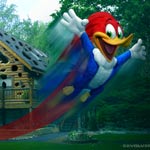
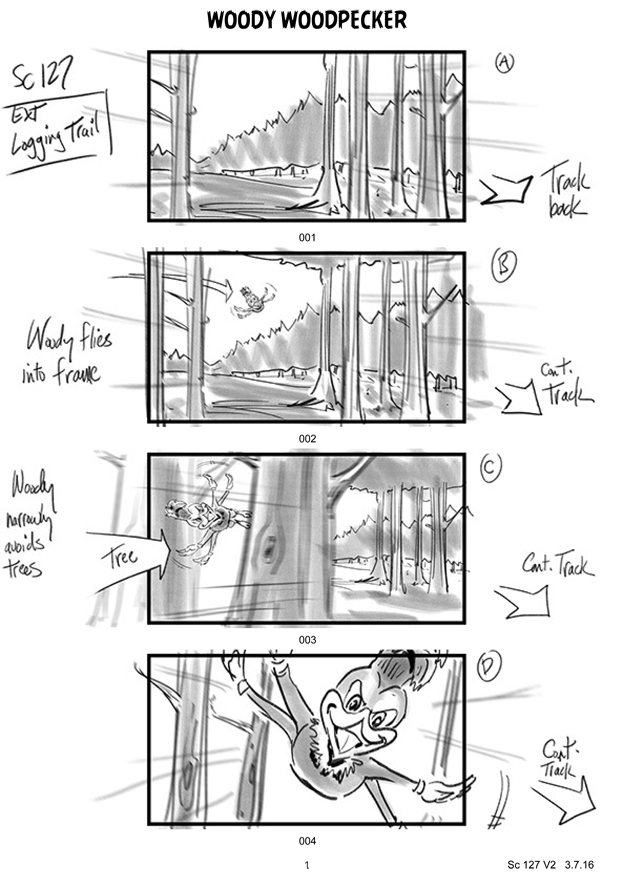
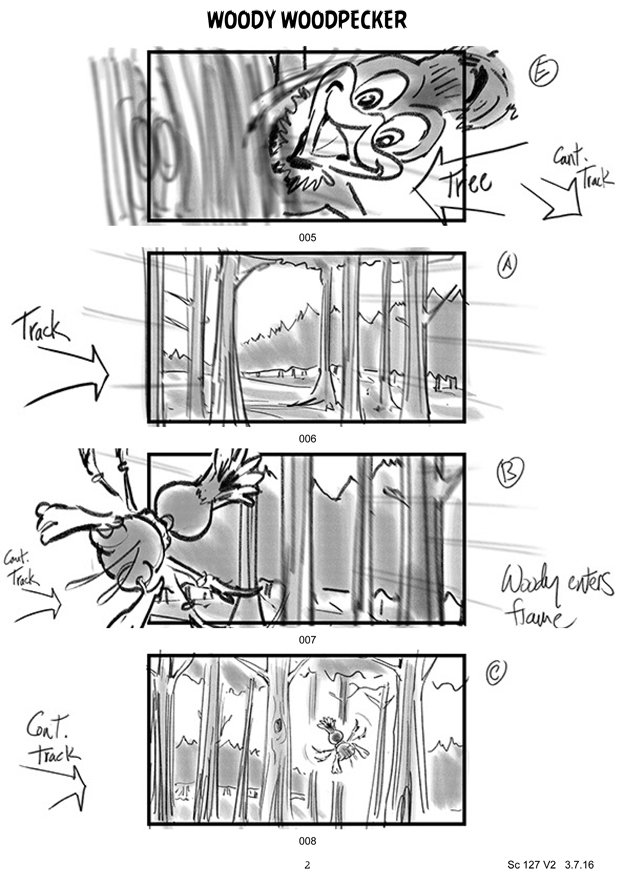
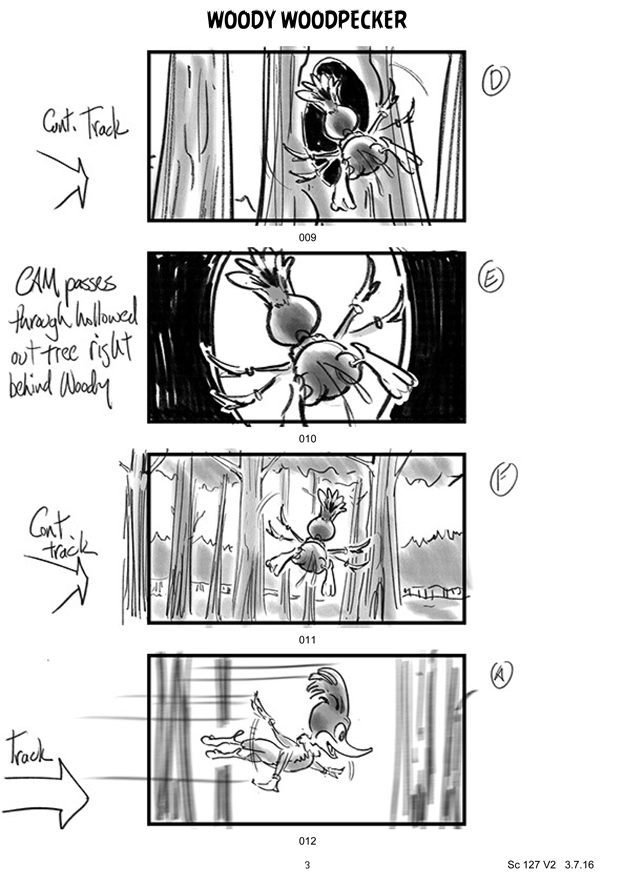
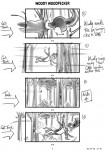
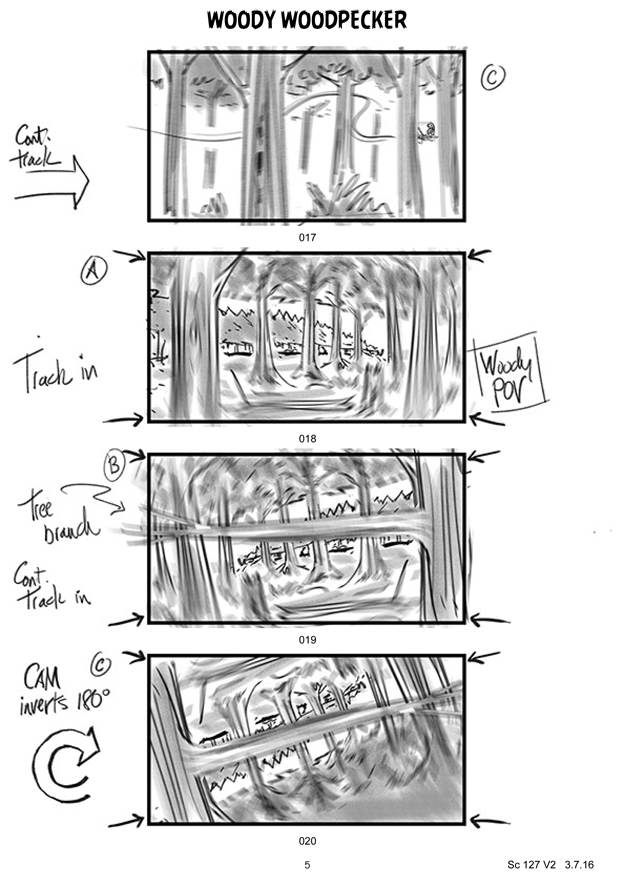
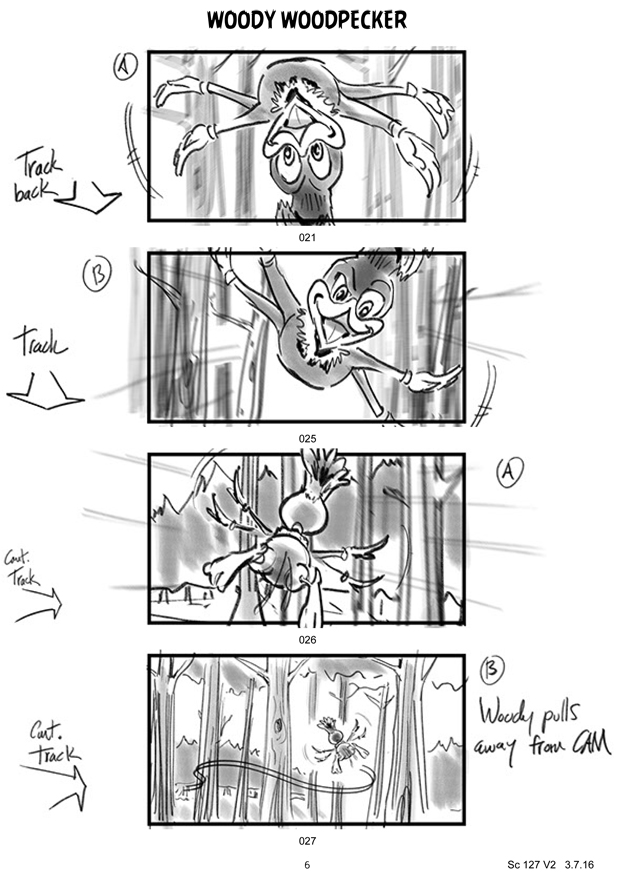

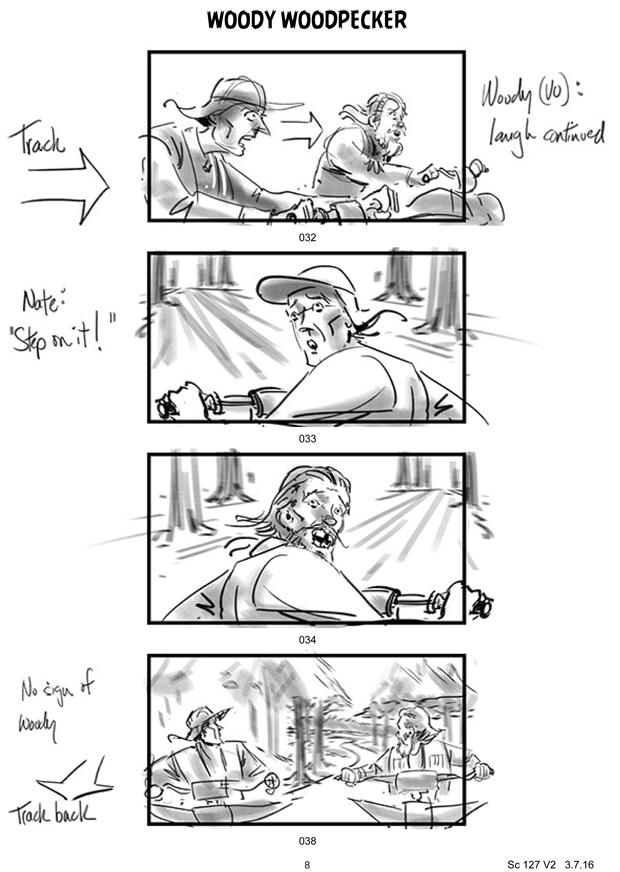
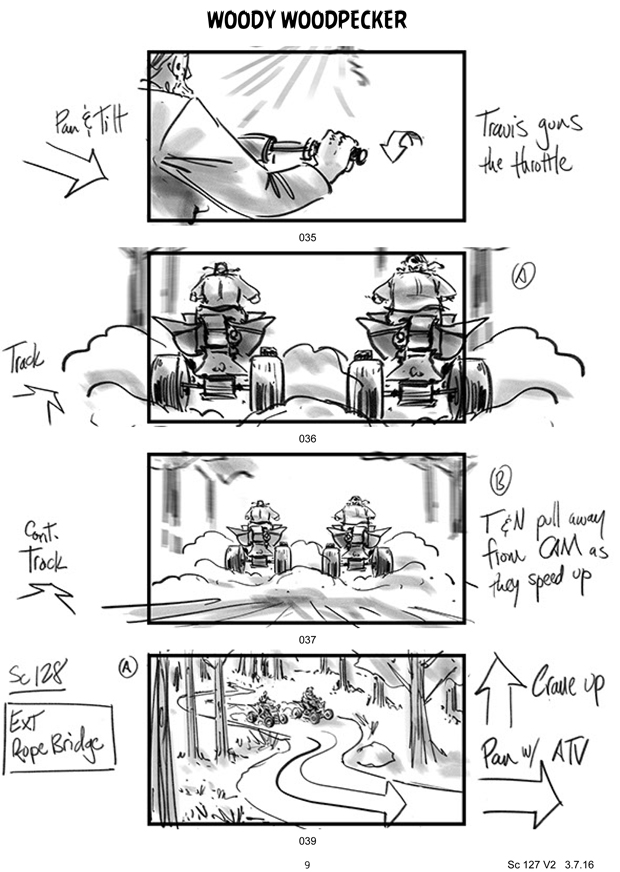
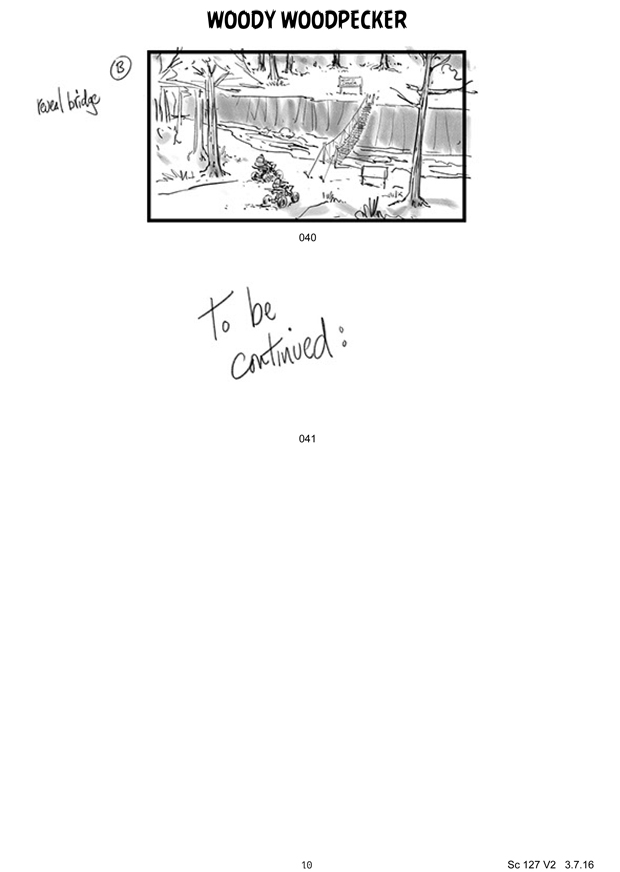

 Win a Funko X Lilo & Stitch Prize Pack!
Win a Funko X Lilo & Stitch Prize Pack! 
